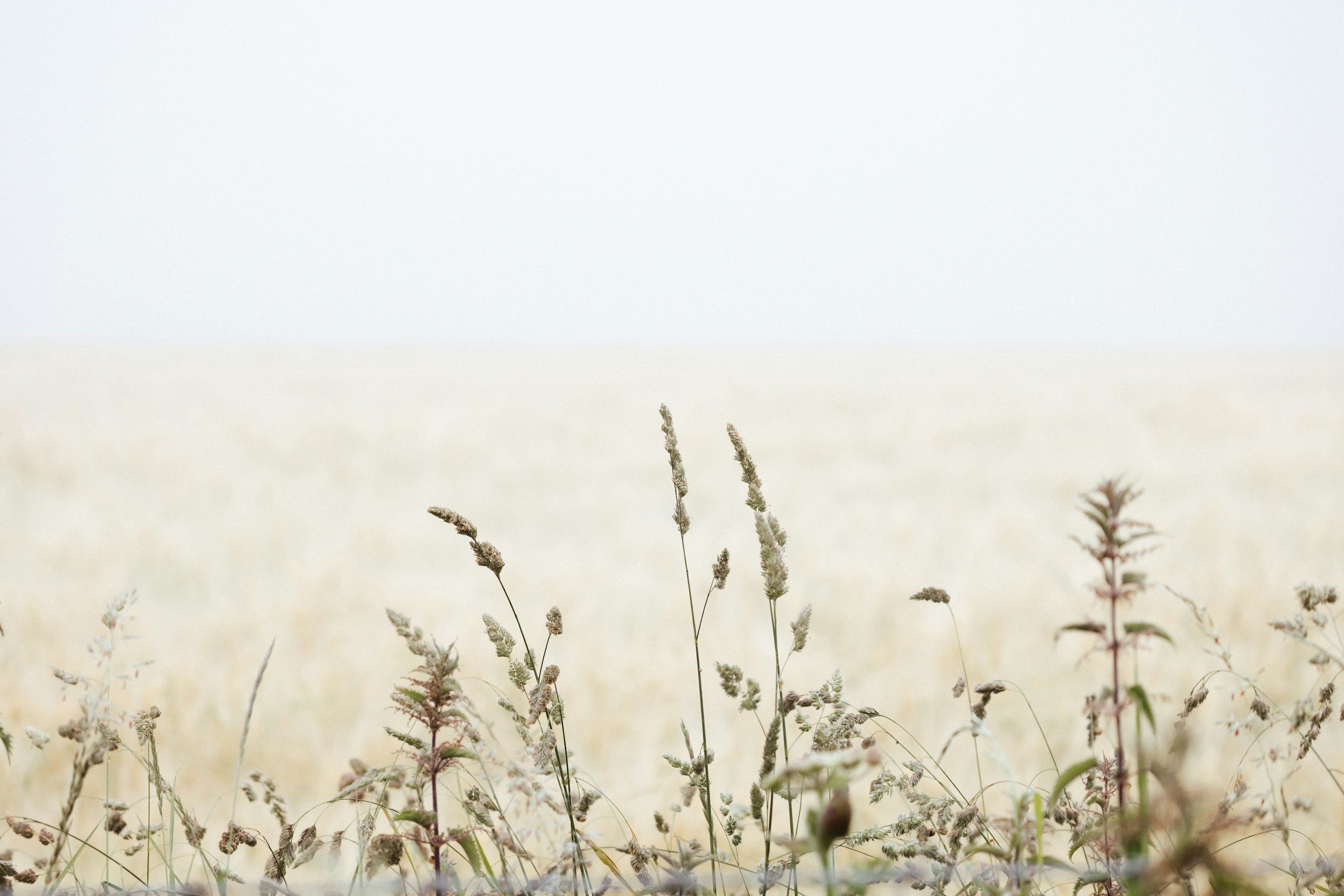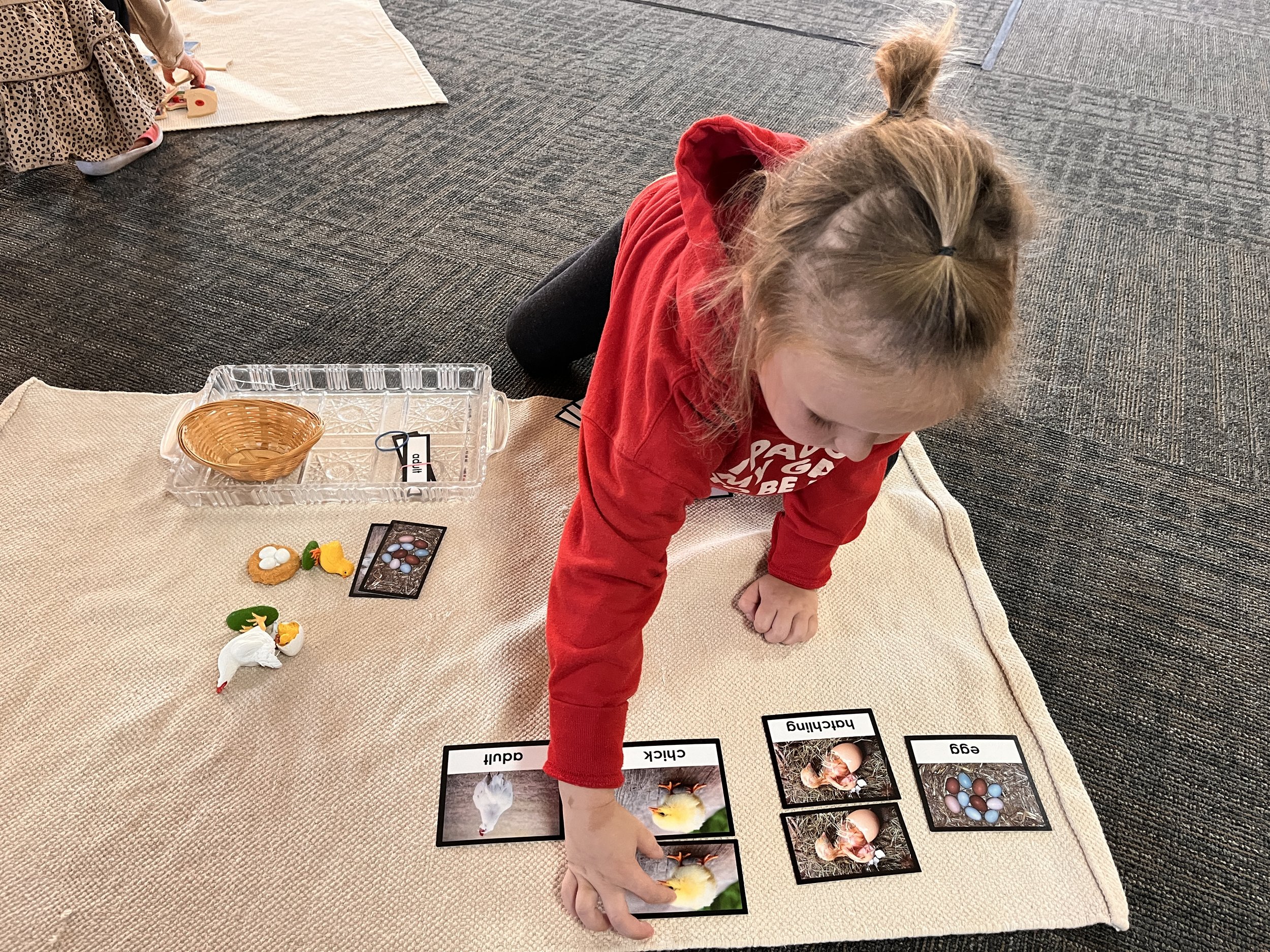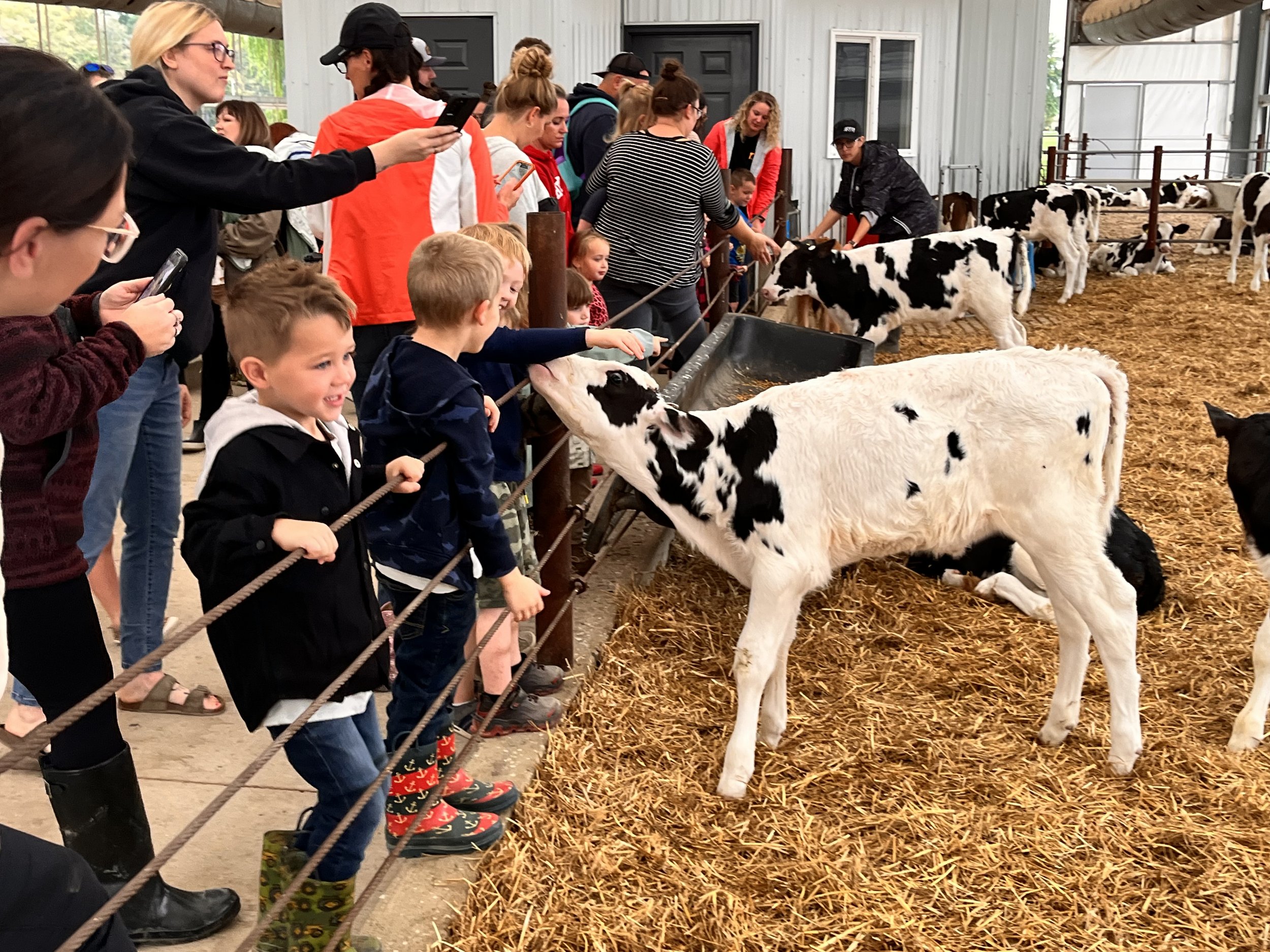
Culture/Science
Dr Maria Montessori referred to the study of culture and science as “cosmic education,” which includes activities in Geography, Zoology, Botany, History, and Science. Cosmic Education tells a story of how everything is interconnected. These activities connect our learners to the world outside of our school. Montessori cultural education fosters a deeper understanding and appreciation of the world for children and plays a crucial role in promoting empathy and understanding. Dr. Montessori often referred to the study of Science and Culture as “Cosmic Education” and included activities in Botany, Zoology, Geography, History, Culture, Art, and Music, bringing life and richness to the Montessori environment.
The science curriculum covers a wide range of topics, including living and nonliving activities, plant and animal nomenclature (plant nomenclature is taught with the Botany Cabinet), the life cycles of various animals (such as fish, horse, frog, bird, turtle, butterfly, etc.), magnetic and non-magnetic properties, buoyancy (sink/float), the solar system, and simple experiments.
Zoology
The Montessori zoology curriculum is a part of a school's cultural studies program that helps children learn about animals through a variety of activities, including:
Nomenclature cards
These cards use realistic illustrations to help children learn animal anatomy, classification, and vocabulary.
Timeline of Life
This material helps children understand the evolution of life on Earth by connecting the animals they study in science lessons to the Timeline of Life.
Animal Kingdom Charts
These charts help children explore animals, including their life cycles, physical characteristics, and where they live.
Sorting cards
These cards help children learn to sort animals by various characteristics, such as living or non-living, invertebrate or vertebrate, and herbivore, carnivore, or omnivore.
Zoology puzzles
These puzzles help children develop hand-eye coordination and fine motor control while learning about animal anatomy.
Other aspects of the Montessori zoology curriculum include:
Learning about the differences between vertebrates and invertebrates
Learning about hibernation, migration, and adaptation
Learning how to create animal habitats using recycled materials
Continents, maps, cultures
Montessori education prioritizes cultivating globally aware citizens who value diverse cultures. Utilizing the Montessori continent map creates discussions about international countries, cultures, and peoples, thereby promoting cross-cultural understanding. Through continent study, children acquire knowledge of the world's seven continents: North America, South America, Europe, Asia, Africa, Australia, and Antarctica. Each continent is assigned a specific color, which is used as a code for materials related to that continent. Children start with a world map and then move on to individual continent maps. The puzzle pieces have knobs that represent the location of capital cities. Children can also trace and label the pieces to build dexterity and writing skills.






